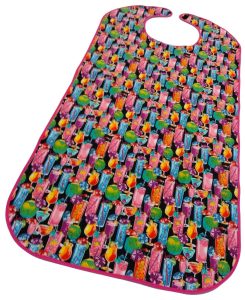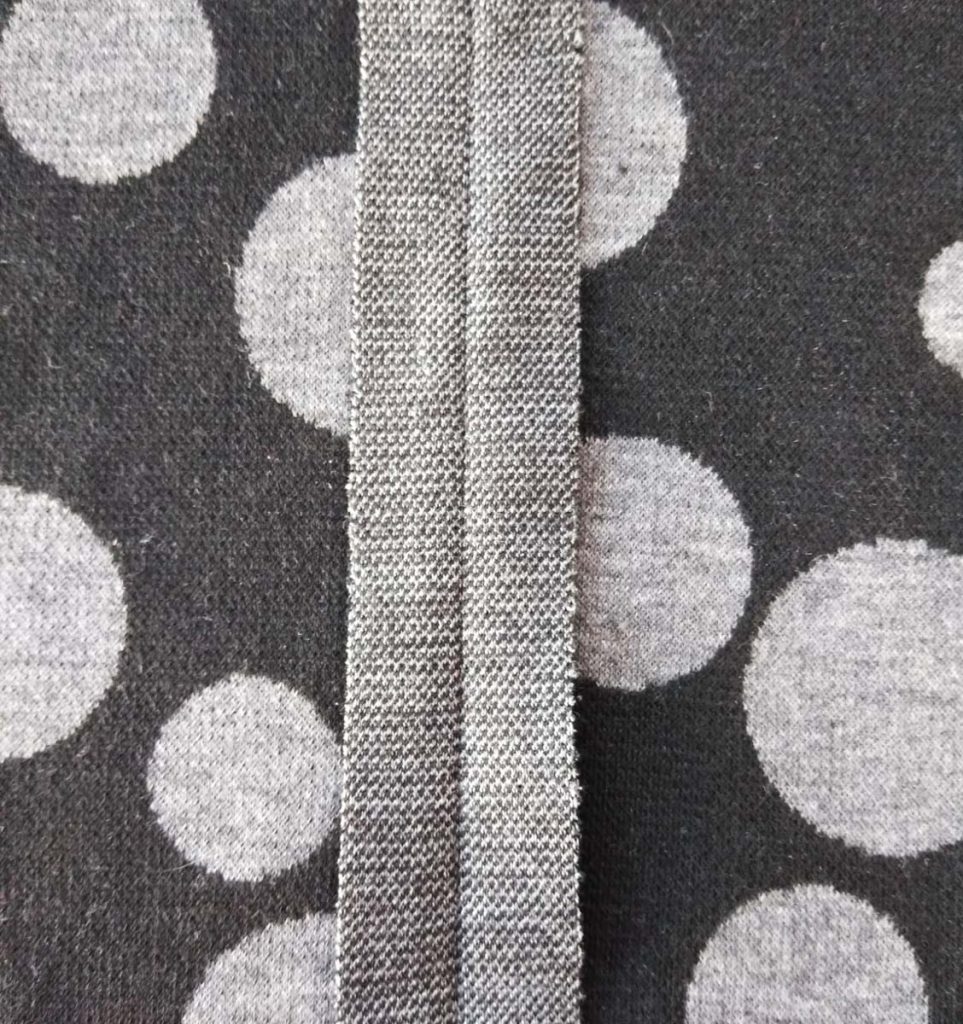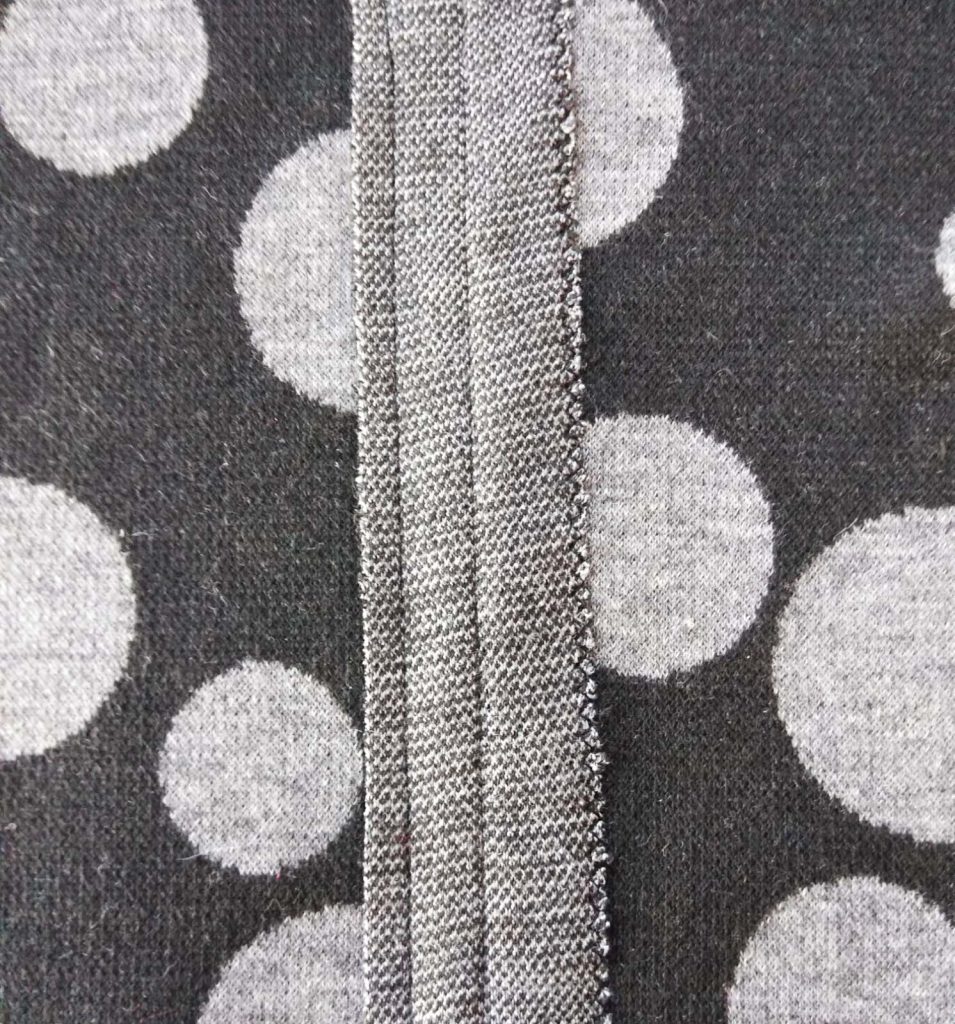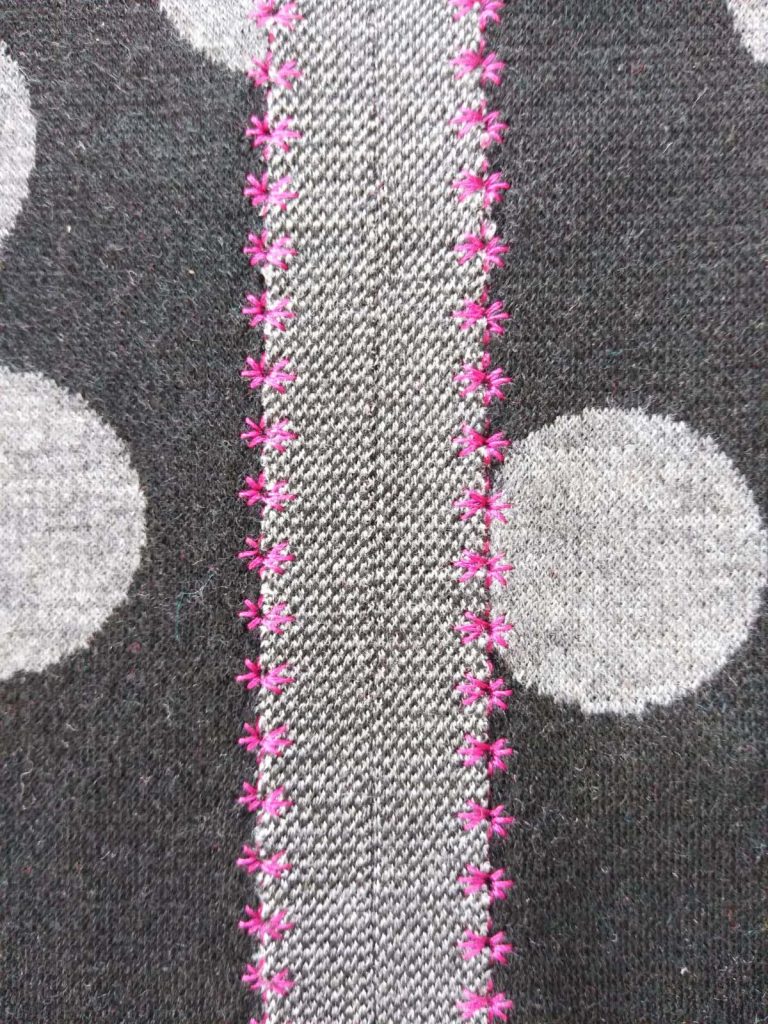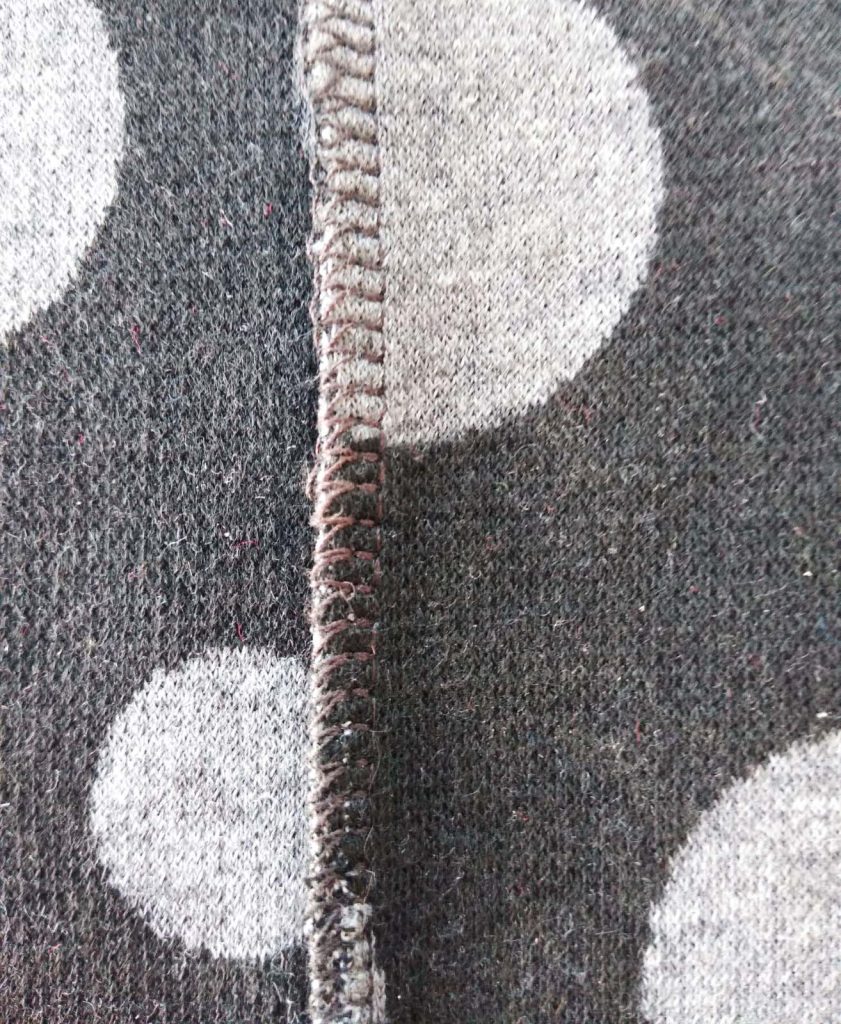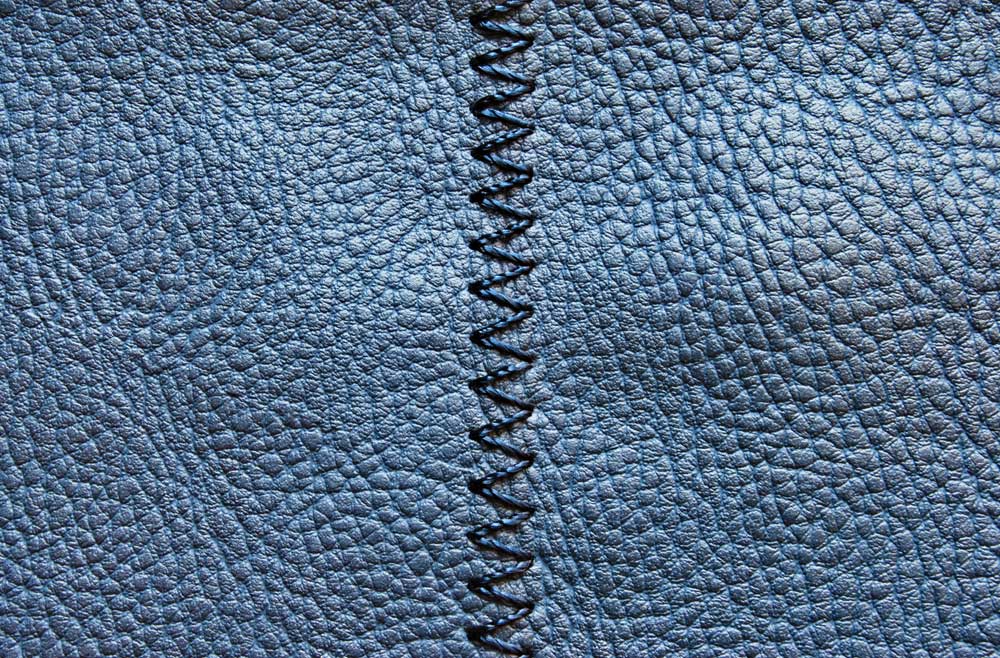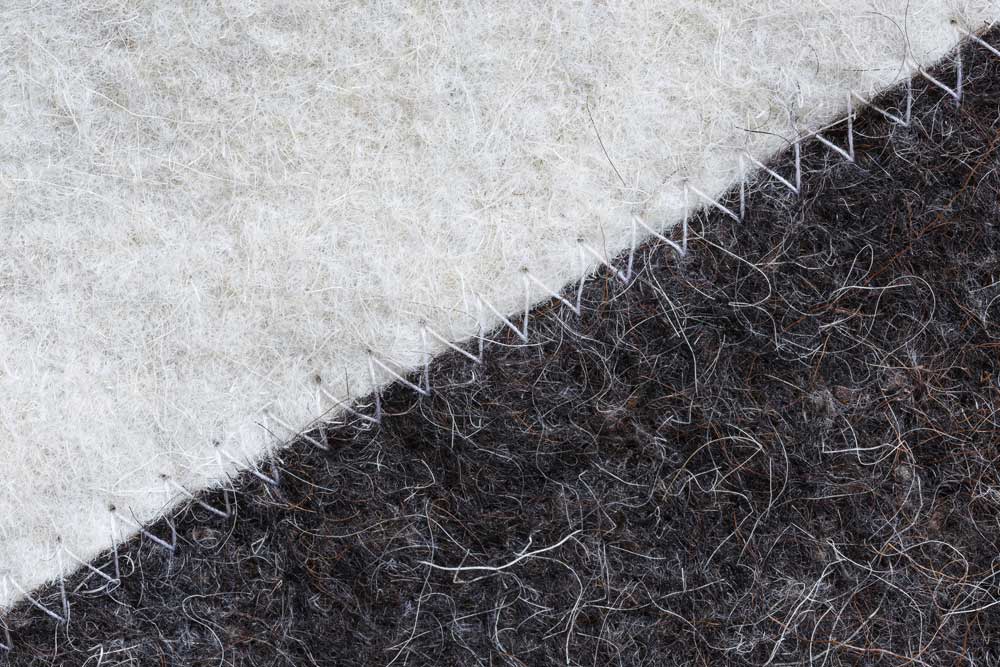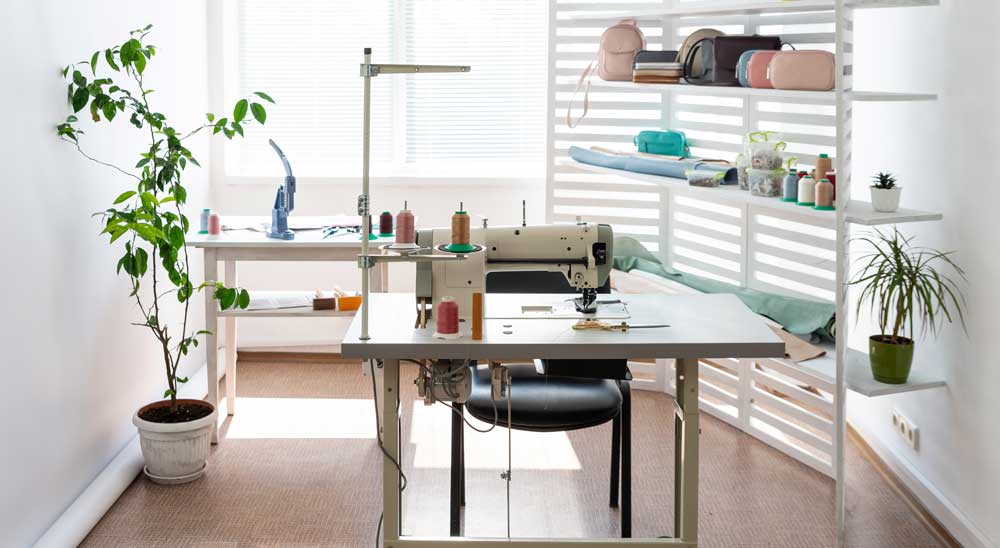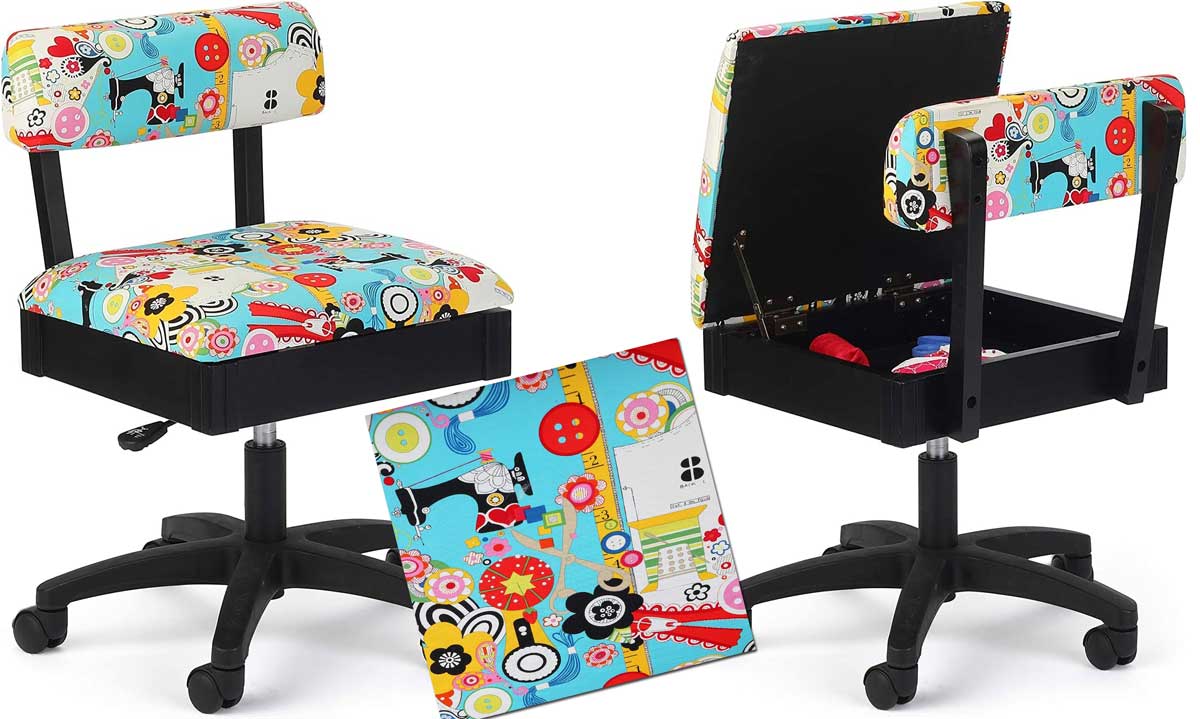Pin weaving is a form of small-scale weaving traditionally done on a frame made of pins with the warp and weft wrapping around the pins. Pin-woven textiles have a selvage edge all the way around.
The equipment needed for pin weaving is minimal, consisting of straight pins; a padded, pinnable board; a rectangle of fusible interfacing; pearl cotton to make the loom; and a tapestry needle which you will use to weave an assortment of textural yarns and perhaps fabric strips into your finished piece.
The Loom
The size of the weaving determines the board size. You can purchase the padded board in a retail shop, or you can make your own.
The complete version of this article is available on the ASG Members Only blog and requires member login.
CLICK HERE to read the full article. Not a member? Join online!





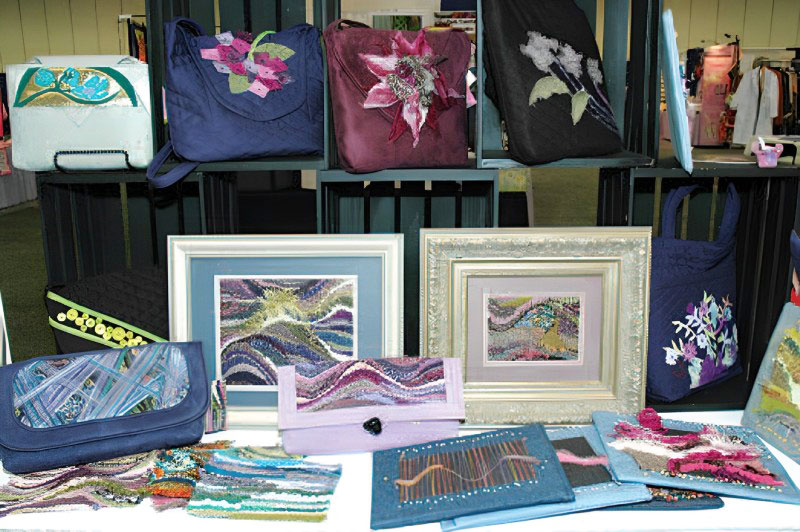
 When I first moved to my small coastal town, I discovered that the post office does not deliver mail to the town’s residents. “What?” But the more I thought about it, there was an opportunity for exercise and walking the mile-and-a-half circuit to the post office with at least one of our dogs, to retrieve the mail. Along the way early on in the adventure, I passed an adult care home and a lady was sitting on the covered porch in her wheelchair calling out “doggie, doggie!” So, I went up to the porch with the dog and we started to chat. I asked her how many people stopped to talk to her, and she replied “no one, but you.”
When I first moved to my small coastal town, I discovered that the post office does not deliver mail to the town’s residents. “What?” But the more I thought about it, there was an opportunity for exercise and walking the mile-and-a-half circuit to the post office with at least one of our dogs, to retrieve the mail. Along the way early on in the adventure, I passed an adult care home and a lady was sitting on the covered porch in her wheelchair calling out “doggie, doggie!” So, I went up to the porch with the dog and we started to chat. I asked her how many people stopped to talk to her, and she replied “no one, but you.”